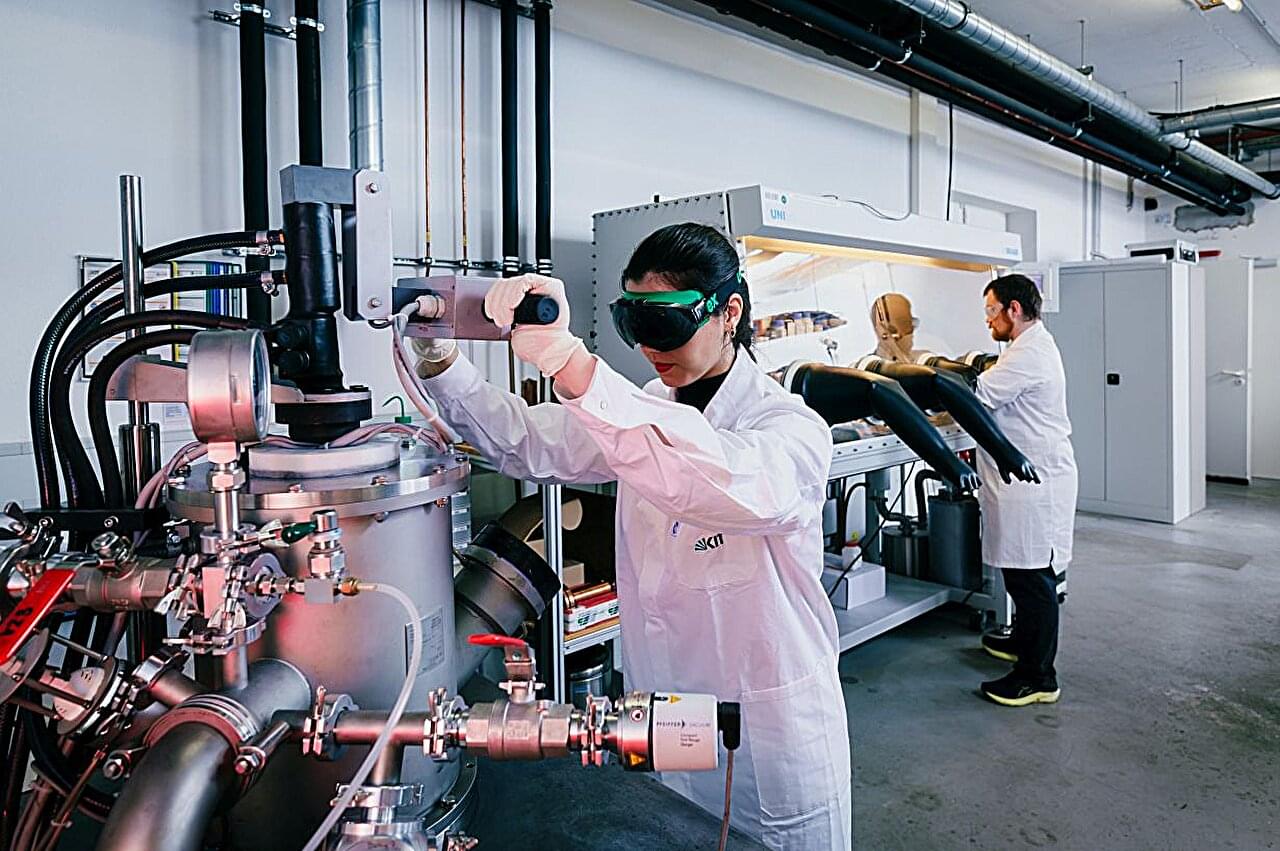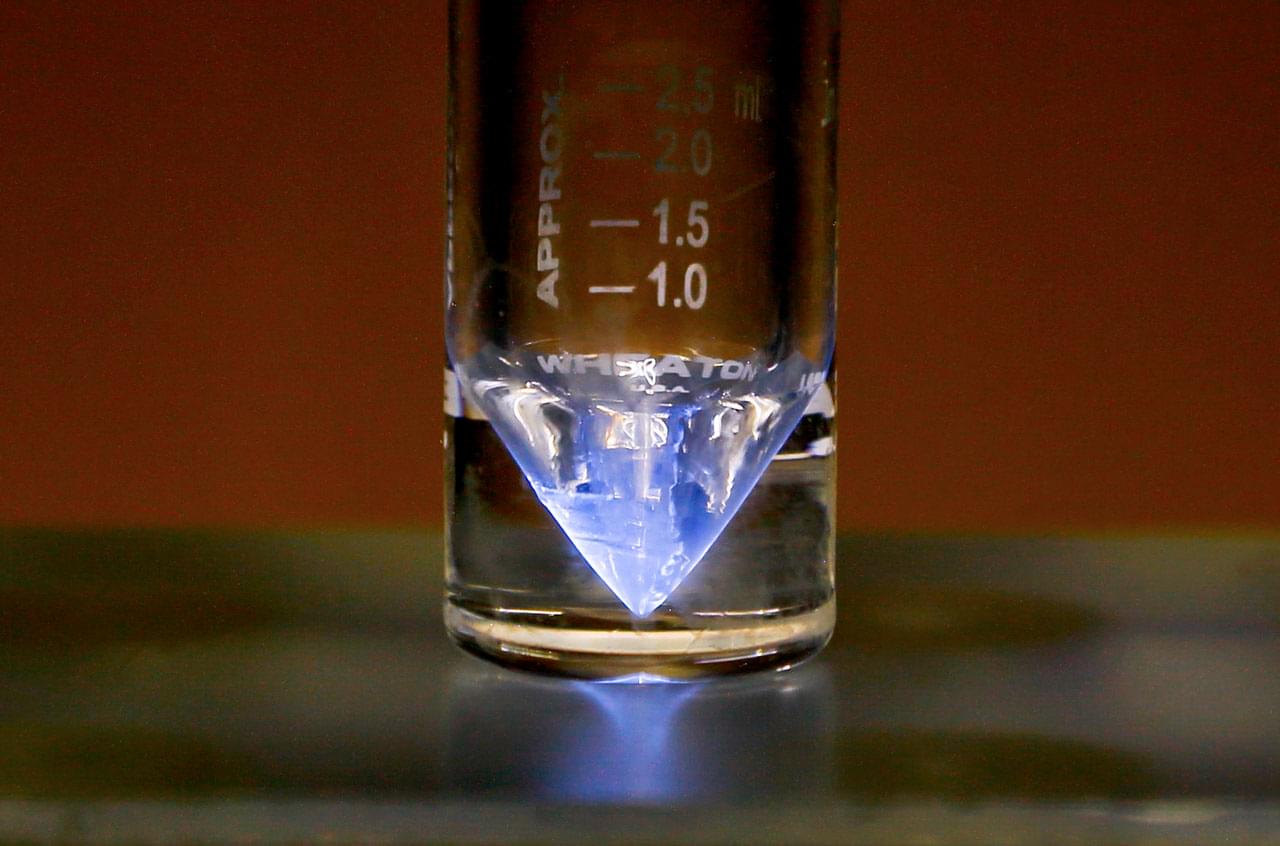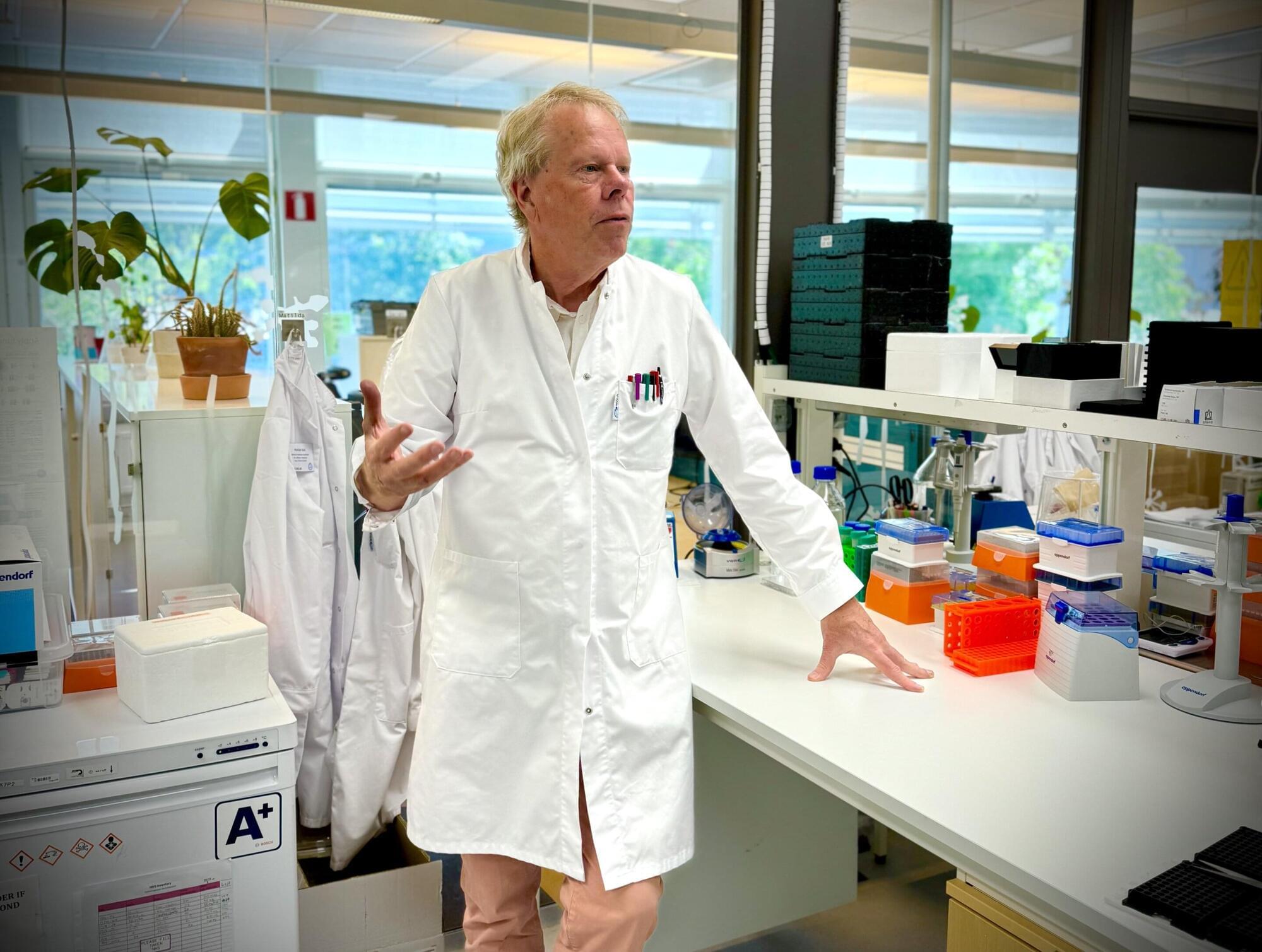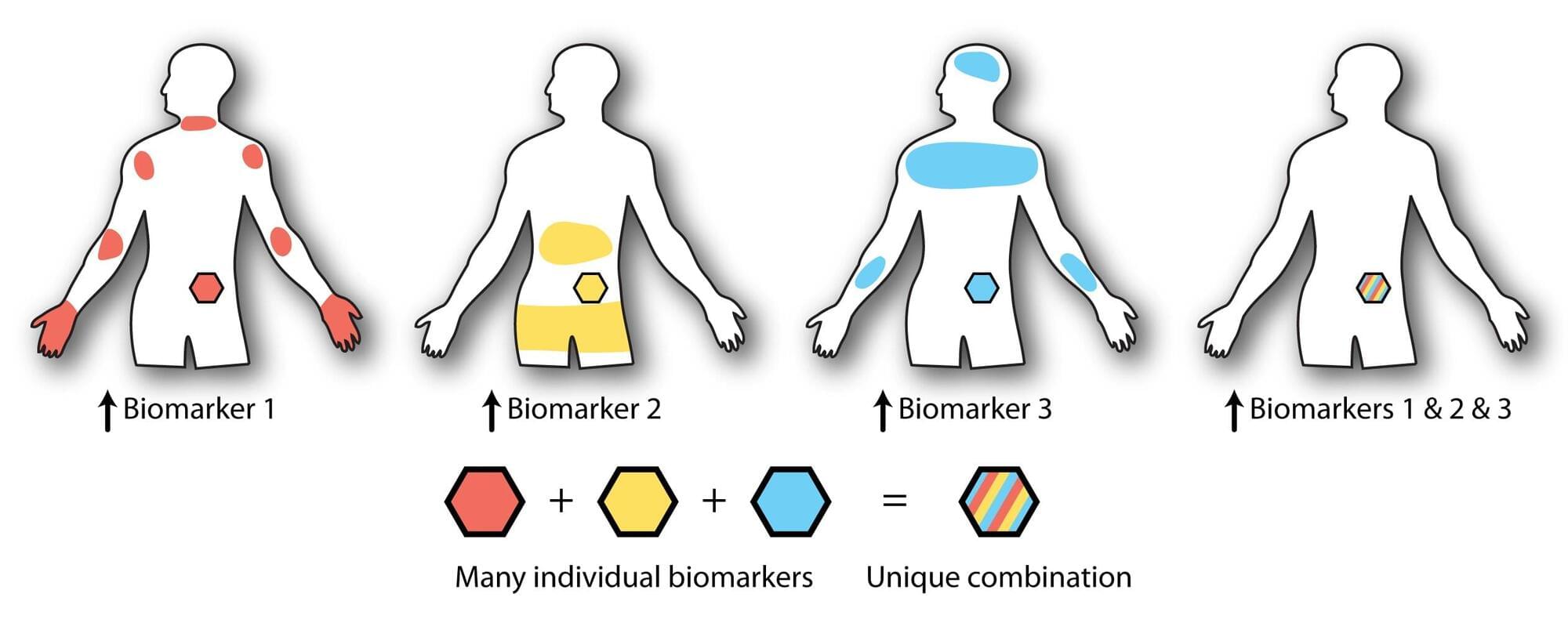A new material might contribute to a reduction of the fossil fuels consumed by aircraft engines and gas turbines in the future. A research team from Karlsruhe Institute of Technology (KIT) has developed a refractory metal-based alloy with properties unparalleled to date.
The novel combination of chromium, molybdenum, and silicon is ductile at ambient temperature. With its melting temperature of about 2,000°C, it remains stable even at high temperatures and is at the same time oxidation resistant. These results are published in Nature.
High-temperature-resistant metallic materials are required for aircraft engines, gas turbines, X-ray units, and many other technical applications. Refractory metals such as tungsten, molybdenum, and chromium, whose melting points are around or higher than 2,000°C, can be most resistant to high temperatures.








